Interview with Chicagoan and former Royal Tony Cogan
Permanent linkIt's World Series time, so it's time for Jews everywhere to find a connection to the Series. Well, Kevin Pillar is done. Theo Epstein didn't come through. How about we go back in time a little?
Introducing Chicago's own Tony Cogan. Cogan played for the Royals, although is admittedly a Cardinals fan. He recently joined TheGreatRabbino.com Speaker Series. Here is his take on the ups and downs of getting to the Majors and the best pizza in Chicago.
1.Tell us a little bit about yourself?
I live in Chicago with my wife, our young son and our golden retriever. We are expecting our second child in late February. I grew up in the North Suburbs of Chicago and love the city, the Midwest, and its people. I have a passion for the outdoors -- fishing is on top of the list. I am actively involved with the Scleroderma Foundation of Greater Chicago.
2. You pitched at Highland Park High School. Ever go back to catch a Giants game?
I have been to one or two since graduating, but most of my time was spent away from home. I spent the majority of my off-seasons training with other ball players in northern California, close to school. I did, however, give private lessons in HP for a number of years following retiring from baseball.
3. Was it hard to jump from college (Stanford) to the minor leagues? What is the biggest difference?
Actually, it was surprisingly not that tough of a jump. The big jump was minors to majors. When I got to the minors out of college, I was frothing at the mouth to pitch to wood bats! I felt like the edge was tilted in favor of pitchers because most of the guys were coming out of college or high school and had to make an adjustment to using wood bats. That actually gave me a fair amount of confidence going into my first pro season. The playing field leveled as I moved up the ladder.
4. What was it finally like getting to the majors?
It was an incredible experience. I made the team out of spring training after only two minor league seasons -- so it was quite a surprise. I was not really expecting to be invited to major league spring training let alone making the team. On the last day of spring, the team was making final cuts and a few guys were still hanging out, waiting to talk to management. I was on pins and needles and one of the other players, Chris Wilson, pulled me aside and forced me to sit down and play cards with him to calm my nerves. When I finally got in the office, I had a good feeling, but still wasn't sure. Then, Tony Muser (the manager of the Royals at the time) sat me down and told me that I was going to be on a plane to New York to face the defending champion Yankees on opening day. I will quote him … "you did a nice job in spring training, now don't get all poopy pants on me!" Three days later I was in Yankee Stadium!
5. When did you know it was time to finish your career?
That is a very tough question. A lot of thought and consideration went into the decision. I was still physically able to play when I ultimately hung 'em up. I can't say that "I knew" it was time, but it felt like the right time for me.
6. What have you been up to since baseball?
I am now an investment adviser. I work with a great team in the Private Wealth Management division at William Blair and Company in Chicago. I am a husband, a father of a 2-year-old boy, and have one on the way.
7. You played for the Royals. Are you a Royals fan? Do you have them winning it all?
I am a fan, but it's more about the current team and less about the fact that I played for them. Technically, I am a Cardinals fan, but mostly I am a fan of the game and good baseball. I like the Royals' chances in '15, but if they lose and this is printed after the fact you can strike my prediction from the record.
8. Since you are a Chicagoan. Where is your favorite place to grab pizza?
Great questions -- there are so many great places to eat pizza in Chicago. I am not much of a deep dish fan (blasphemy!) My current favorite would have to be Piece Pizza in Wicker Park. I am drooling just thinking about it.




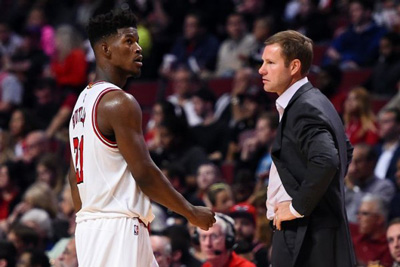
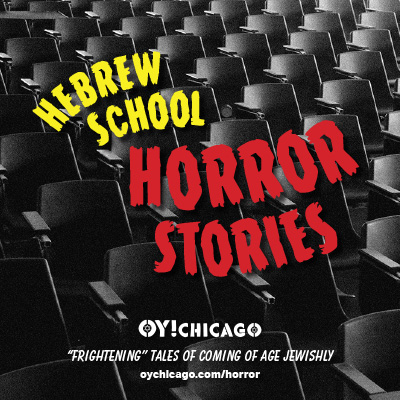


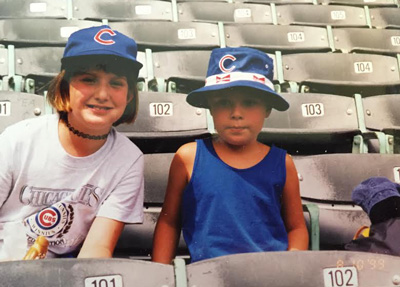
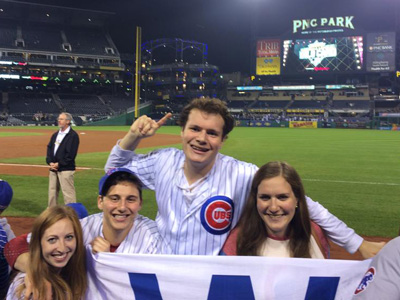


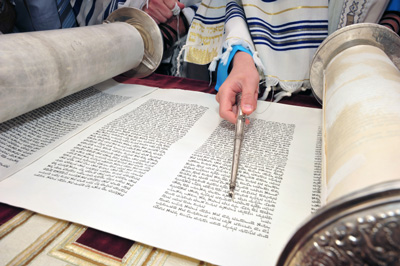







.jpg)



